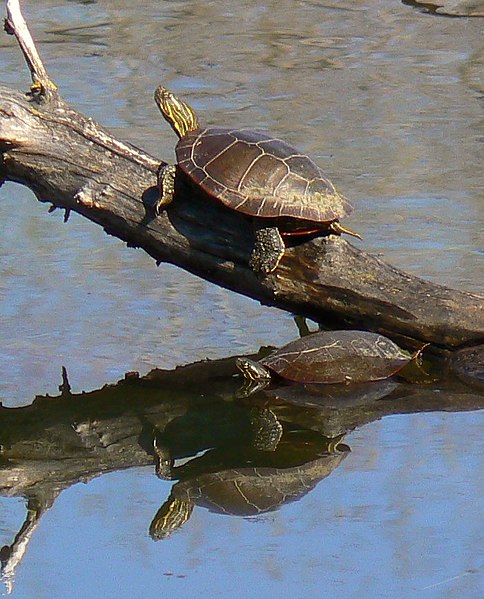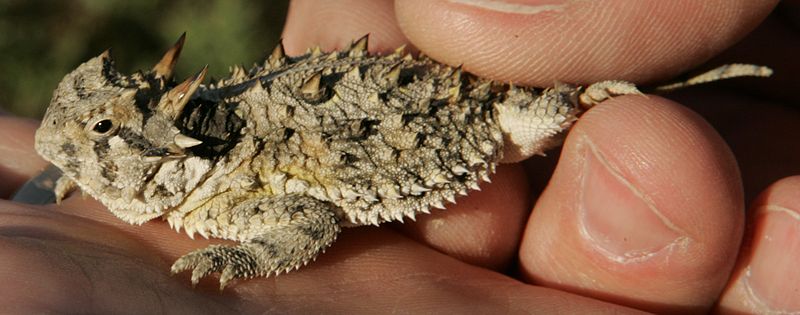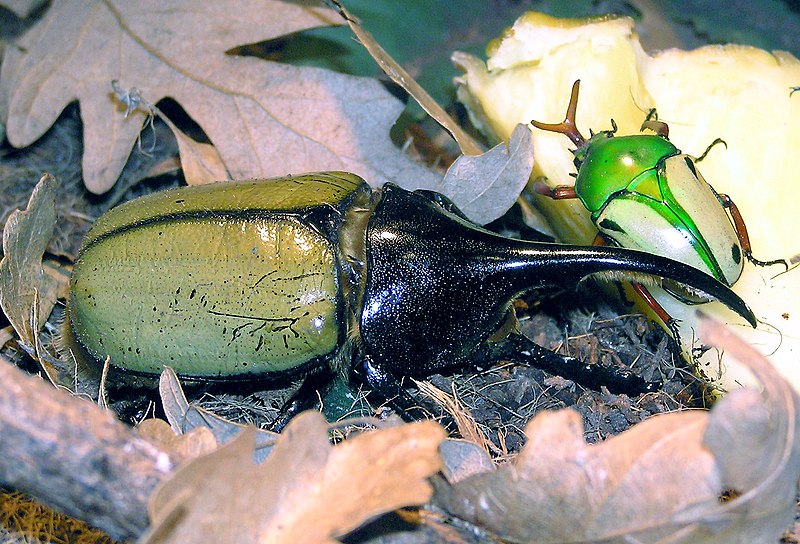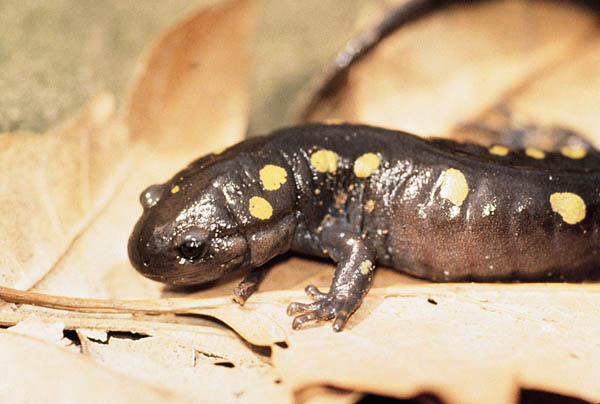 While usually sold as a decoration for tropical fish aquariums, driftwood that has been anchored to a slate base also makes an excellent sub-surface platform for those herps that do not usually
While usually sold as a decoration for tropical fish aquariums, driftwood that has been anchored to a slate base also makes an excellent sub-surface platform for those herps that do not usually
leave the water completely when resting or basking (i.e. Musk, Softshelled and Mud Turtles, Snappers, Newts, African Clawed Frogs). It also serves well as a “staircase” for hatchling turtles, many of which weaken quickly when force to swim to the surface for air in deep aquariums. Please see Part 1 of this article for detailed information on these topics.
Using Driftwood
Driftwood can be used on bare-bottomed tanks (this simplifies the cleaning of turtle aquariums) or those with a gravel substrate and, unlike most woods, will not stain the water by leaching tannins. An endless array of shapes and sizes is available, so most any tank depth or species can be accommodated. Read More »
 That Reptile Blog – Reptile, Amphibian and Exotic Pet Care and Information
That Reptile Blog – Reptile, Amphibian and Exotic Pet Care and Information



